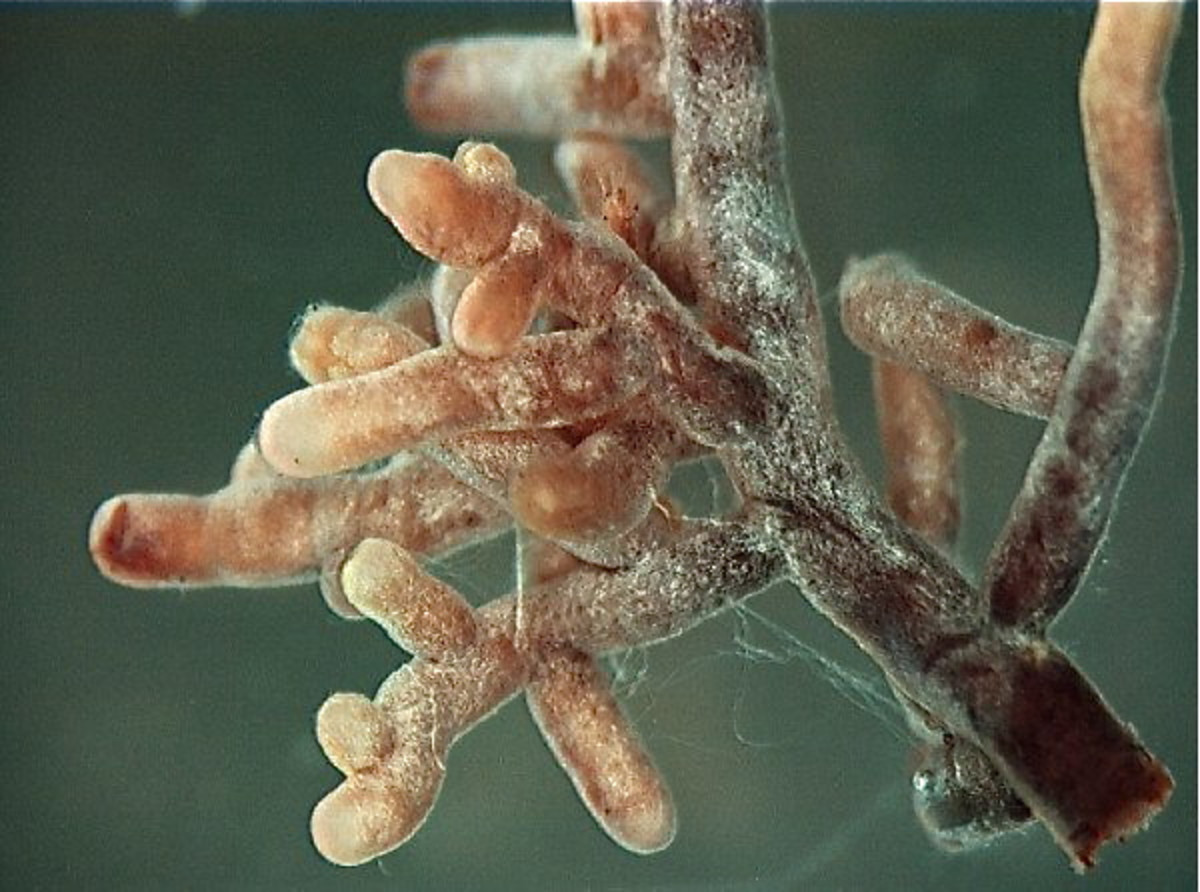Stings Of Hyphae Fungi. Spores are formed on the mycelium which develop and grow into hyphae. Hyphae that have walls between the cells are called septate hyphae;

Web hyphae navigate around impenetrable objects and dermatophytes intercalate between layers of cornified epithelium and other tissues. [1] in most fungi, hyphae are the main mode of vegetative growth, and are collectively called a mycelium. Structure a hypha consists of one or more cells surrounded by a tubular cell wall.
Mycelium Is The Aggregate Name For These Species’ Hyphae, Which Are Important Structures Required For Growth.
Hyphae are comprised of hypha, which are the long filamentous branches found in fungi and actinobacteria (shown below). Web explore hyphae in fungi. Hyphae that lack walls and cell membranes between the cells are called nonseptate or coenocytic hyphae).
Hyphae In Fungi Vary In Structure And Serve Different Functions From One Species To Another.
If you’ve read anything about mushrooms and fungi, you’ve probably seen the term mycelium quite frequently. Candida is an example of such a dimorphic fungus (fig. True hyphae (multicellular filamentous fungi) or the yeasts (unicellular.
Web Examining Fungal Responses To Sudden Openings In The Environment By Diverging Or Branching Of Hyphae, We Found That Hyphae Commonly Explored The Open Spaces By Branching.
Dikaryotic nuclei within the basidium fuse to produce a zygote and meiosis then produces basidiospores. Spores are formed on the mycelium which develop and grow into hyphae. Fungi are heterotrophs that excrete enzymes to digest food externally, then absorb the digested food.
Fungi Like To Be In A Moist And Slightly Acidic Environment;
Web on february 17, 2023 in mycology table of contents define hyphae hyphae are the long filament branches that are seen in fungi and actinobacteria (shown below). Web production, structure, morphology, types. Observe some representative club fungi on display including mushrooms, puffballs, and bracket fungi.
Web Fungal Hyphae Cells.
They produce microscopic airborne conidia which are inhaled into the lung, from where they are normally cleared by the activity of airway cilia and alveolar macrophages. Web the hyphae of most fungi are divided into cells by internal walls called septa (singular, septum). Hyphae can form a network called a mycelium , which is the thallus (body) of the fungus (figure (pageindex{1})).